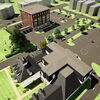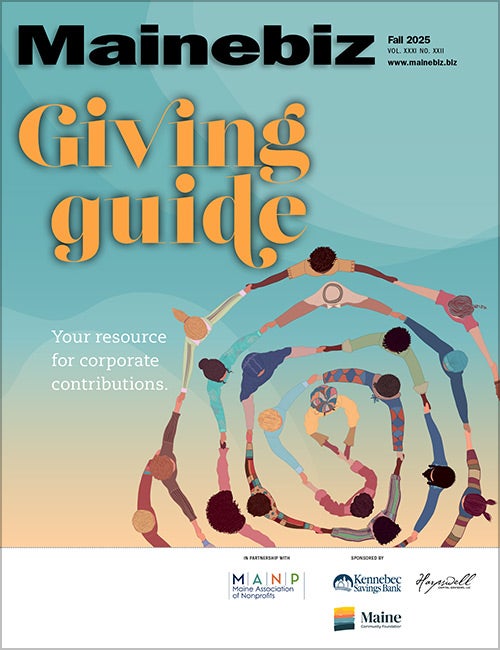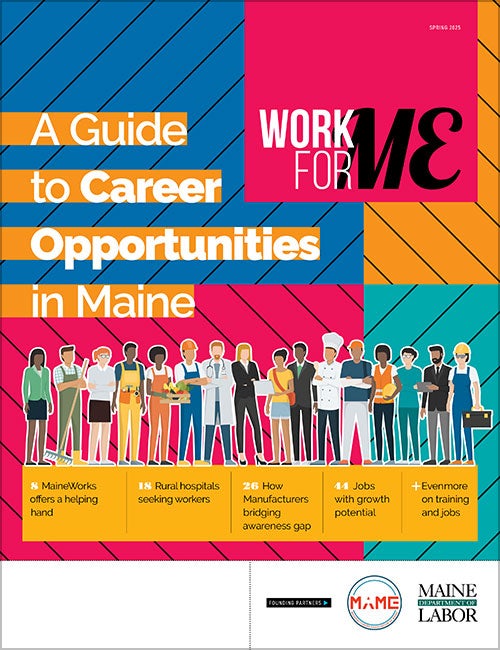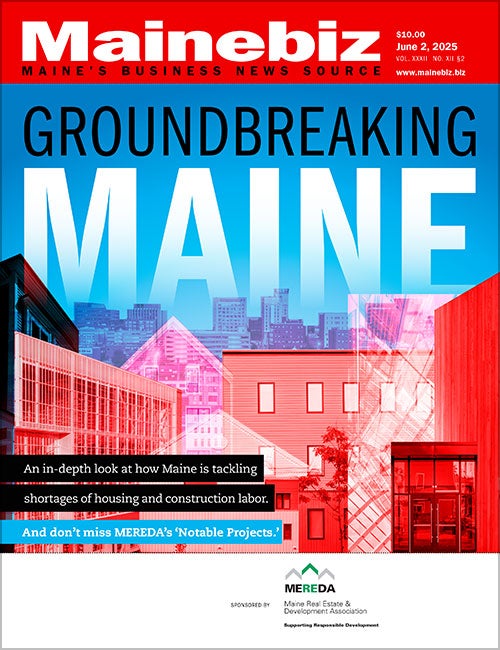
Investing in the arts is how we can save Portland's Congress Street corridor
The Portland creative economy knows how to show up, speak out and make their presence felt. At Monday night’s City Council meeting, more than 100 people, mostly performing artists, stepped up to testify on the proposed moratorium for large concert venues. Council chambers was overflowing. The energy was electric. The testimony was passionate. And everyone knew how to work a mic.

Since I took office, the question of what the “Arts District” really means has been a recurring theme, from the Council’s vote on the Portland Museum of art expansion, to ongoing conversations about the future of Congress Street, to the vacancy ordinance we’re currently drafting. Monday’s moratorium vote is just the latest in a series of signals that all point to the same conclusion: it’s time to revisit and renew our vision for the Arts District.
Right now, Congress Street is caught in a vicious cycle. Vacant storefronts and empty office buildings lead to declining foot traffic, and that absence of activity leads to more vacancies. The resulting concerns about safety, sanitation and drug activity will not be solved by one marquee project. If we want Congress Street to thrive, we need to invest in what makes it worth visiting in the first place: the artists, small venues and cultural spaces that “keep Portland weird” between the bookends of a big concert hall and a world-class museum.
Portland’s Arts District is one of our city’s most valuable economic assets. Businesses, restaurants, hotels and property owners all benefit when the arts thrive. But for all our talk about the “creative economy,” our public investment in the arts is shockingly small.
For comparison, Minneapolis invests roughly $8 to $9 per resident in the arts, San Francisco more than $20, Providence, R.I., $6 to $7 dollars. Portland? $1 to $2 per person. Maine as a whole ranks No. 35 in public arts funding, spending just 79 cents per resident compared to $4.46 in Massachusetts.
When we fail to invest publicly, we hand over our cultural future to the private market. That leaves our arts economy driven by what’s safest and most profitable, not by what’s most meaningful, revolutionary or locally rooted. We can’t just hang “Arts District” banners on Congress Street and expect artists to keep the district vibrant, without giving them the resources, space, or stability to do so. And this is especially true when large corporate actors are poised to dominate the scene.
Communities need to renew their visions every so often. The artists who packed City Hall this week opened the door for that renewal. Now it’s up to us to walk through it, with real public investment, a genuine community visioning process that brings all stakeholders to the table, and a commitment to making the Arts District more than a brand. That means embedding cultural programming in city planning, expanding access to affordable creative spaces and making direct, sustained public investment in the arts.
When the public sector leads, the market will follow — and every business in the city will benefit.













0 Comments